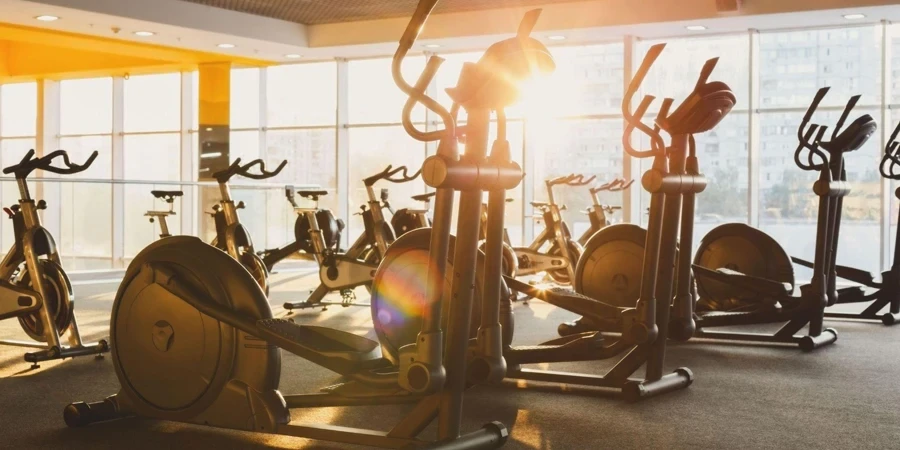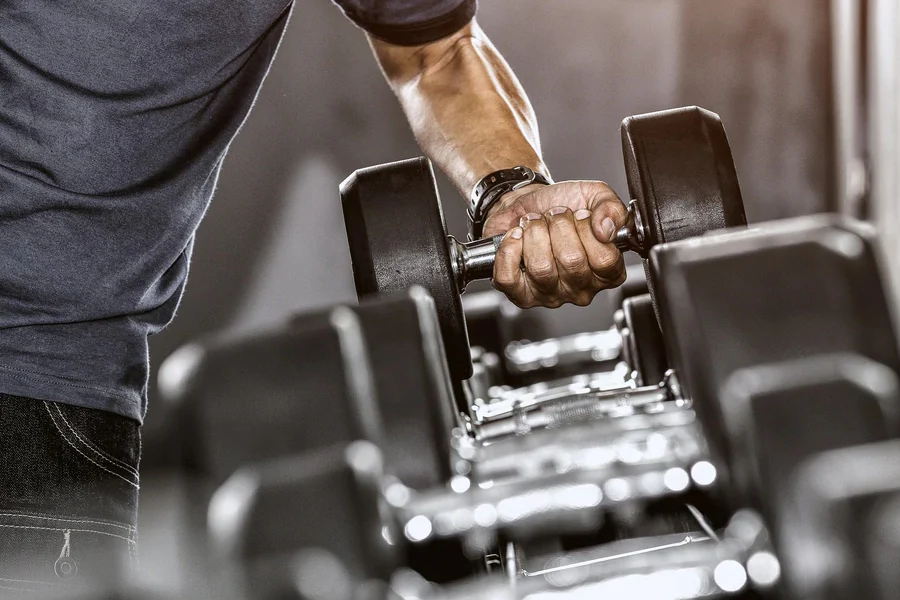mashupch.com – Elliptical trainers are a great way to achieve an effective full-body workout while minimizing the risk of injury compared to high-impact exercises like running. Whether you’re a beginner or a seasoned fitness enthusiast, choosing the right elliptical machine can significantly impact your fitness progress and the enjoyment of your workouts. With numerous models available on the market, it can be overwhelming to make the right choice. In this comprehensive guide, we’ll break down all the essential factors you need to consider when selecting the best elliptical trainer for your needs.
Why Choose an Elliptical Trainer?
Ellipticals offer several advantages for individuals looking to improve their cardiovascular health and overall fitness levels. They provide a low-impact alternative to running, reducing the strain on your joints and making them a great option for people with arthritis or those recovering from an injury. Moreover, elliptical trainers help you tone your legs, arms, and core muscles, promoting muscle endurance and strengthening your body.
The Low-Impact Nature of Elliptical Machines
Running and other high-impact exercises can put a lot of stress on your knees, hips, and ankles. However, when using an elliptical trainer, your feet remain in contact with the pedals throughout the entire motion, which helps reduce the risk of injury. This makes ellipticals particularly beneficial for individuals who want to protect their joints or avoid wear and tear caused by repetitive pounding.
Full-Body Workout
An elliptical trainer offers a full-body workout by engaging both the upper and lower body. With adjustable resistance and incline features, you can target different muscle groups, from your calves and thighs to your chest, shoulders, and arms. This comprehensive workout helps to enhance cardiovascular health, boost muscle tone, and burn calories efficiently.
Key Factors to Consider When Choosing an Elliptical Trainer
There are several important factors to consider when selecting the right elliptical machine. Understanding these key features will help you make a more informed decision and select a machine that fits your fitness goals, space, and budget.
1. Resistance and Incline Options
One of the key features to consider is the resistance and incline capabilities of the machine. Most elliptical trainers offer adjustable resistance levels, which allow you to modify the intensity of your workout. A higher resistance will make your muscles work harder, providing a more challenging workout that can improve strength and endurance.
Adjustable Resistance Levels
Many elliptical trainers come with multiple resistance settings, allowing you to gradually increase the difficulty of your workout as your fitness level improves. Some models offer manual resistance adjustments, while others provide digital resistance controls, which can be more convenient.
Adjustable Incline Features
Some ellipticals also allow you to adjust the incline of the pedals. By increasing the incline, you can simulate an uphill workout, which helps target the glutes, quads, and hamstrings more effectively. Adjustable incline settings provide variety and customization, helping to keep your workouts interesting and diverse.
2. Size and Space Considerations
Before purchasing an elliptical trainer, it’s important to think about the space where you plan to place the machine. Ellipticals can range in size, from compact models that fit in smaller spaces to larger commercial-grade machines.
Compact vs. Full-Size Machines
If you have limited space, a compact elliptical machine might be the best choice. These machines are generally lighter, more compact, and easier to store. However, they may not provide the same level of stability and smooth performance as larger models.
Full-size elliptical machines, on the other hand, offer greater stability and often come with additional features. They are best suited for individuals who have enough space and plan to use the machine frequently.
3. Weight Capacity and Build Quality
When selecting an elliptical machine, consider your body weight and the weight capacity of the machine. Most elliptical trainers have a weight limit between 250 to 400 pounds. It’s essential to choose a machine that accommodates your weight to ensure both safety and durability.
Sturdiness and Durability
Ellipticals with a sturdy frame and durable components tend to last longer, providing a better investment in the long run. Look for machines that are made of high-quality materials, such as steel, and check the reviews for any common issues related to build quality.
4. Console and Display Features
The console of an elliptical machine serves as the control center, displaying important metrics like time, distance, speed, calories burned, heart rate, and resistance level. More advanced models may come with features like workout programs, heart rate monitors, Bluetooth connectivity, and compatibility with fitness apps.
Display Types
The display of the console can be either basic or advanced, depending on the model. Some ellipticals feature backlit LCD or LED screens, while others offer touchscreen displays with more detailed information. Consider the type of information you want to track during your workout and choose a display that suits your needs.
Built-in Programs
Many ellipticals come with pre-programmed workout routines designed to help you achieve specific fitness goals, such as weight loss, endurance training, or interval training. These programs typically adjust resistance automatically, helping you stay engaged throughout your session.
5. Comfort and Ergonomics
Comfort is a crucial factor when selecting an elliptical trainer, as you’ll be spending a considerable amount of time on it. A machine with ergonomic features can enhance your overall workout experience and reduce the risk of discomfort or injury.
Pedal Size and Stride Length
The size of the pedals and the stride length are essential considerations when evaluating comfort. Ideally, the stride length should match your natural gait, providing a smooth, comfortable motion. If the stride length is too short or too long, it can lead to discomfort or ineffective workouts.
Handlebar Design
Ellipticals often come with moving handlebars that allow you to engage your upper body. Choose a machine with ergonomically designed handlebars that are adjustable and comfortable to hold. Non-moving handlebars are also an option for a lower-body-only workout.
6. Price and Warranty
Elliptical trainers come in a wide range of prices, from affordable options to premium machines with advanced features. Generally, more expensive ellipticals offer greater durability, more features, and a smoother workout experience. However, it’s important to balance your budget with the features that matter most to you.
Budget-Friendly vs. High-End Models
Budget-friendly ellipticals usually have basic features like manual resistance adjustments and limited programming options. High-end models, on the other hand, often include advanced technology, better resistance systems, and enhanced comfort features, but they come at a higher price.
Warranty and Customer Support
Before purchasing an elliptical trainer, check the warranty offered by the manufacturer. A longer warranty period (typically 2 to 7 years) indicates a high level of confidence in the product’s durability. Make sure the warranty covers both parts and labor.
Top Features to Look For in an Elliptical Trainer
Magnetic Resistance System
Ellipticals with a magnetic resistance system tend to be smoother and quieter compared to those with friction-based systems. Magnetic resistance allows for a more consistent and low-maintenance experience, which is ideal for home use.
Heart Rate Monitoring
Many ellipticals come with built-in heart rate sensors located on the handlebars. For a more accurate heart rate reading, consider machines that offer wireless heart rate monitoring via a chest strap.
Bluetooth and App Connectivity
Some models offer Bluetooth capabilities, allowing you to sync your workout data with fitness apps like MyFitnessPal or Strava. This feature can be useful for tracking your progress over time and staying motivated.
Conclusion: Choosing the Best Elliptical Trainer
When choosing an elliptical trainer, it’s important to take into account your fitness goals, budget, available space, and personal preferences. Look for a machine that offers the right balance of comfort, features, durability, and affordability to ensure you get the most out of your workouts.
By considering key factors such as resistance levels, build quality, size, and advanced features, you’ll be better equipped to make an informed decision. With the right elliptical trainer, you can enhance your fitness routine, reduce joint strain, and work toward achieving your health and fitness goals in the most efficient way possible.



